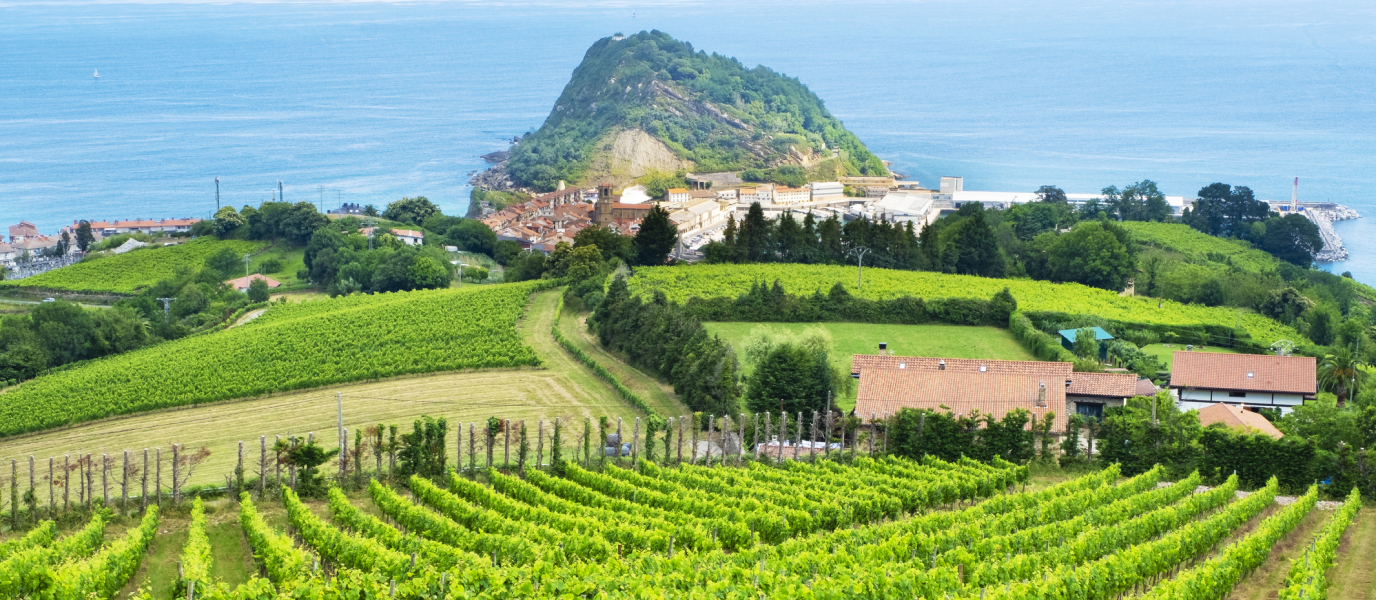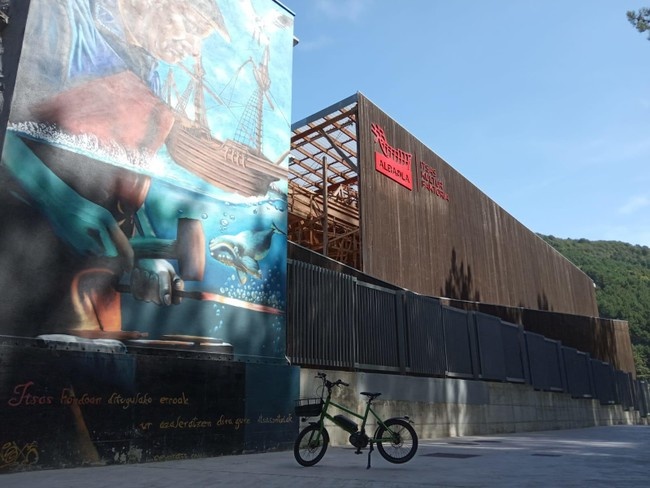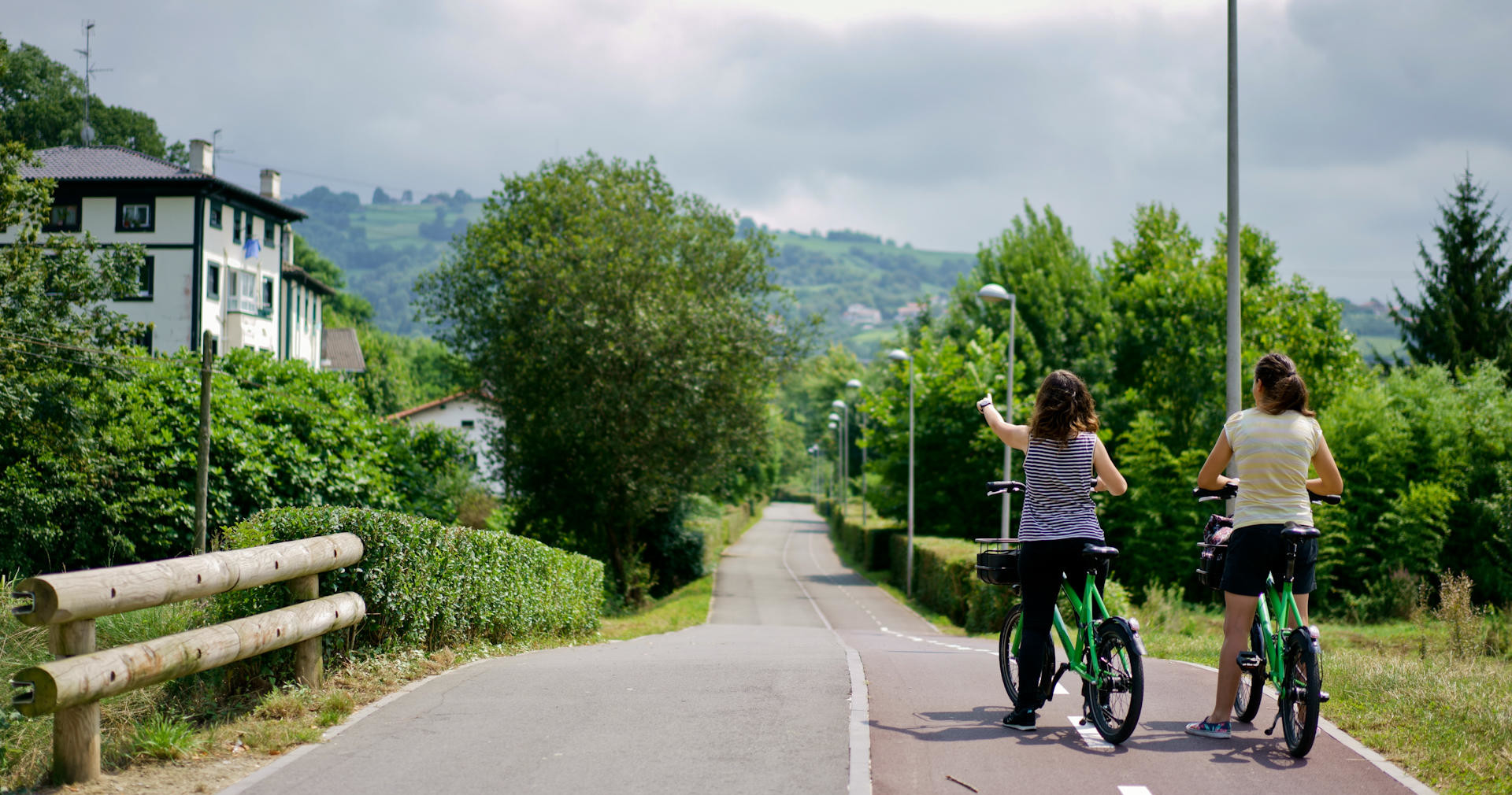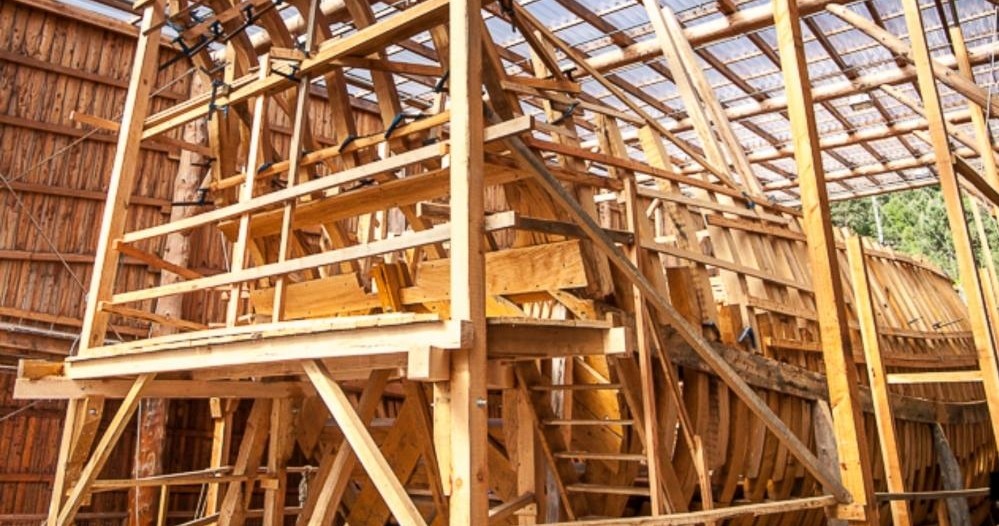San Sebastián kitchens have earned the respect of the most discerning palates of the world over the years, earning an undisputable world class reputation for its multi-faceted, traditional cuisine. The city has produced innumerable top chefs and kitchens, which placed the city on the map as a top destination for food lovers. Basque cuisine mixes traditional and innovative cooking methods, while only using local, high quality products. Ocean fresh fish and seafood are supplied by the Cantabrian Sea while the delicious vegetables, beans, meats and grains are produced in the verdant interior. The use of seasonal products is without a doubt one of the ingredients behind the success of Basque cuisine.
While Pintxos is what San Sebastián has become famous for, it stores many other culinary treasures. Bacalao al pil pil (Basque-style cod with Pil Pil sauce), txangurro (stuffed spider crab), Tolosa beans (small black beans), pipaarras (pickled chillies) and kokotoxas (cod cheeks) are just some of the specialities waiting to be savoured. There are also phenomenal desserts and the traditional alcoholic beverages of Txakoli and Basque cider to perfectly wrap up a five-star meal.
Classic San Sebastián dishes
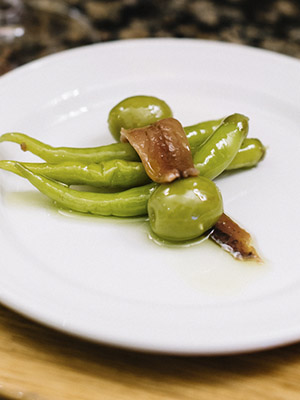
Seasons dictate menus and Basque cuisine places enormous emphasis on the use of seasonal products. However, that doesn’t stop the following traditional dishes from being available all year round:
Bacalao al pil pil
This is the shining star of Basque cuisine and credited for bringing cod back to the table. What makes this dish so scrumptious is not just the fresh loin cut used for the recipe but the delectable pil pil sauce made from three key ingredients: garlic, olive oil and chilli peppers. The secret behind the finger-licking sauce is the emulsification process, attained by patiently whisking the olive oil and the juices the cod releases.
Marmitako
There are variations of this dish that can be tasted in other areas of the Cantabrian coast but the Basque version is just sublime. This tasty traditional fish stew is primarily made from tuna (or bonito), potatoes, simmered in an onion-, tomato- and pepper-based sauce, and served in an earthenware casserole. Each kitchen follows its own recipe so no two dishes will taste exactly alike.
Txangurro
The Basques know a thing or two when it comes to preparing seafood and the local delicacy of Txangurro won’t disappoint. The Basque-style stuffed spider crab is prepared by first boiling the crab and then scooping out the meat. Then it is sautéed with a selection of garden fresh vegetables, such as leek, onion and tomato. Once the filling is prepared, it is stuffed back into the crab shell. Breadcrumbs are sprinkled on, a knob of butter is added and after a few minutes in the oven this delicacy is ready to be savoured. Simple, yet absolutely flavourful!
Tortilla de bacalao
The Basques usually serve this delicious salt cod omelette as an entrée, just like the Txangurro. In fact, it is one of the quintessential dishes served at Basque cider houses. It is made from simple ingredients: egg, onion, green peppers, garlic, olive and flaked desalted cod, but the key to success is the gooey middle.
Other traditional San Sebastián delicacies
Though we have listed some of the most popular dishes of San Sebastián, they are not the only ones. If you still have time (or room), order a dish made with Tolosa beans. This extraordinarily delicious, buttery and fine-skinned black bean gives all other beans a run for their money. There are also kokotxas (cod cheeks), chipirón en su tinta (baby squid in its own ink) and piparras – all delectable dishes you must try before heading home.
Save room for Basque desserts
Cheese with nuts and quince jelly, rice pudding and junket are just some examples of yummy, local desserts. Be sure to save some room for the following wonderful desserts – there is simply no better way to end a meal than on a sweet note.
Pastel vasco
This traditional dessert has been around for centuries but its recipe has been adapted, without losing it original essence. It was initially a rustic dessert made from corn flour, lard and honey. Since it was quite a dry and crumbly, figs, berries, sloes and black cherries were eventually added to make it more moist.
Then, pastry cream filling began to be used in the in the late 1800s. Nowadays, some recipes even call for vanilla, rum or ground almonds to be added to the dough. You’ll also see some decorated with a Basque cross across the top crust.
Goxua
Goxua, which means sweet in Basque, is a traditional Basque dessert made from a base of whipped cream, one layer of sponge cake and a layer of caramelised custard. It is especially popular in the city of Vitoria where it has a long-standing tradition. Served in individual bowls, some say it is an adapted version of crema catalana but with Basque twist. Those with a sweet tooth will have a hard time saying no to this dessert.
Pantxineta
This lovely tart of puff-pastry filled with custard cream was created at the turn of the 20th century. It is considered a cornerstone dessert of Basque gastronomy but especially of San Sebastián where it created. Made with almond-based puff pastry and custard cream, it is decorated with icing sugar.
What to drink, what to drink…
Pairing a traditional meal with a traditional drink is not an option – it’s an obligation. What better way to savour the full scope of the Basque culinary offering than by having a class of locally made Txakoli or Basque cider? Txakoli is a sophisticated spritzy white wine with fruity notes and is best paired with fish and seafood; though it does also make a fantastic aperitif. Book a tour at a winery to discover the history behind this legendary Basque wine.
Basque cider is much more than an alcoholic beverage. It’s a way of life for the Basques. And what better way to experience this way of life than by visiting a sagardotegi, a traditional Basque cider house in San Sebastián? You’ll be treated to a sublime culinary experience composed of traditional dishes and you’ll learn how to correctly fill your glass Basque style.





























































